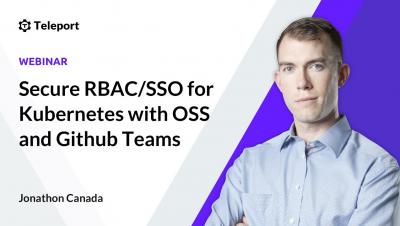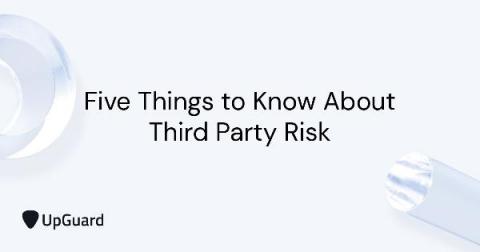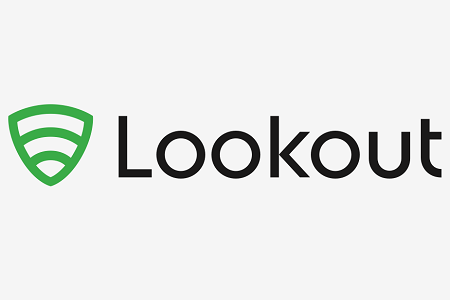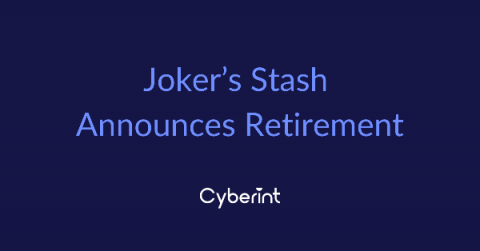Security | Threat Detection | Cyberattacks | DevSecOps | Compliance
Security
SEGA Europe and Sumo Logic: Integrating security across clouds
Five Things to Know About Third Party Risk
It's no longer enough to simply ensure that your organization's systems and enterprise web presence are secure. Your risk management program needs to look beyond the perimeter of your organization to properly vet the third and fourth-party vendors who will have access to your data without being subject to your internal risk management process. The use of third parties in your supply chain or for data handling create potential risks that can be compounded by these third-party weaknesses.
Mobile Security Best Practices for Law Firms
I write a lot about how organizations can secure their workers as they start using tablets and smartphones more for work. The truth is, the legal professional has been ahead of that curve for years. Even before smartphones were introduced over a decade ago, lawyers, paralegals and legal staff were already using cellphones to stay on top of case work. Now, with smartphones and tablets, your law firm’s staff can do everything they used to do in an office from wherever they go.
Five Things Security and Development Teams Should Focus on in 2021
As we say goodbye to 2020 and spend time reflecting on the industry changes, reassess our workflows and procedures in order to identify where 2021 will bring us, it’s a brilliant time to also address our security practices and ways we can bring improvement to those, as well. After considering the top challenges I saw with development teams and security teams within development environments, I came up with a list of ways to focus our security improvements for 2021.
ISO 27001 Compliance: What You Need to Know
ISO/IEC 27001 is a set of international standards developed to guide information security. Its component standards, such as ISO/IEC 27001:2013, are designed to help organizations implement, maintain and continually improve an information security management system (ISMS). Compliance with ISO 27001 is not mandatory.
SME Cybersecurity Automation Tools Using Microsoft 365
Redscan Q&A: Cyber Security Innovation with Paul Sutton
We are better together: AT&T USM Anywhere and Digital Defense Frontline
Detecting the threat after collecting the right data is the first step. From there, the impact of the threat really matters; otherwise, security teams may be chasing after too many issues.
Joker's Stash Announces Retirement
“Joker’s Stash”, the largest dark web marketplace for buying & selling stolen payment card data, announced on January 15, 2021 that it is shutting down. The last day of activity will be February 15, 2021.











